Lack of access to an open ocean does not eliminate a country’s responsibility for maritime defense, and although lakes and rivers have fewer threats lurking around, some inland bodies of water straddle important national borders and contain crucial natural resources. Just for clarity, the following list contains both fleets of landlocked countries and inland naval units of non-landlocked ones.
Russian Caspian Flotilla
This less-known branch of the Russian Navy dates back to the turbulent and glorious days of Peter the Great. As the Persian Safavid Dynasty shook with its final tremors in the early 18th century, St. Petersburg and Constantinople scrambled for a share in the simmering Caucasus. In 1772, after joining the intricate game of alliances and betrayals between frontier chiefdoms and the struggling dynasty in Teheran, Peter swiftly built a fleet in Astrakhan and launched an attack on the major Caspian ports. When the dust finally settled in 1773, the Persian territories of Armenia, Georgia, and Azerbaijan were under Russian control, albeit at the cost of many lives. These dominions changed hands a few times over the next few decades, until Russia established its Caspian hegemony in the 19th century, with Baku as the Flotilla’s headquarters.
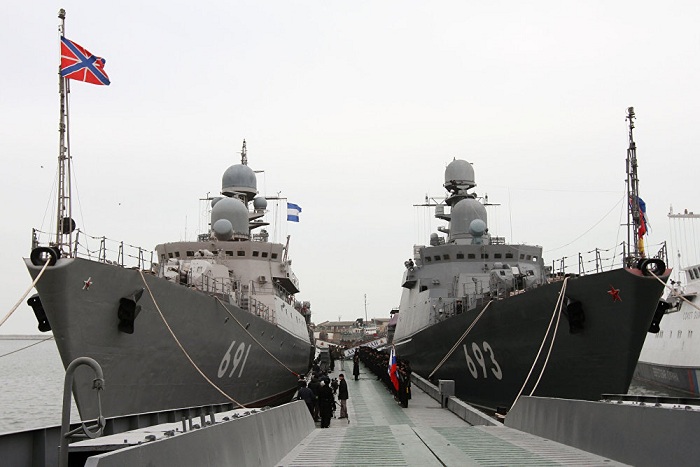
As the Russian Civil War flared up after the 1917 revolution, Ottoman armies rushed toward the oilfields of Baku, where they were met by British forces and a volatile jumble of Bolsheviks, Azeri nationalists, imperial loyalists, and regular bandits. The Caspian, dormant throughout the Great War, erupted in a violent struggle. To expel the British from the oil-rich province, the Red Army mobilized a number of gunboats and destroyers in Astrakhan (even two submarines, some sources say), uniting it with the Volga Fleet into a single unit. Despite losing Fort Alexandrovsk to an improvised British Caspian Flotilla in 1919, Bolshevik efforts paid off in May 1920, when the Volga-Caspian Flotilla decimated the White forces, pushing the British deep into Persia.
At present, the Russian Caspian Flotilla is the most powerful landlocked naval force in the world, including 2 light corvettes, 6 missile corvettes, 4 gunboats, 8 minesweepers, 8 landing craft, and 4 patrol boats.
The Paraguay Armada
Half a world away from the remote Caspian lurks a fascinating relic of the 1930s Chaco War, a long-forgotten conflict but the first modern war between independent South American states. As landlocked countries, Paraguay and Bolivia had long been contesting control over the Paraguay River and its access to the Atlantic coast of Argentina. When the pot finally boiled over in 1932, the Paraguayan Navy made an imposing entrance to the battlefield, with two massive Italian-built gunboats, Humaita and Paraguay.
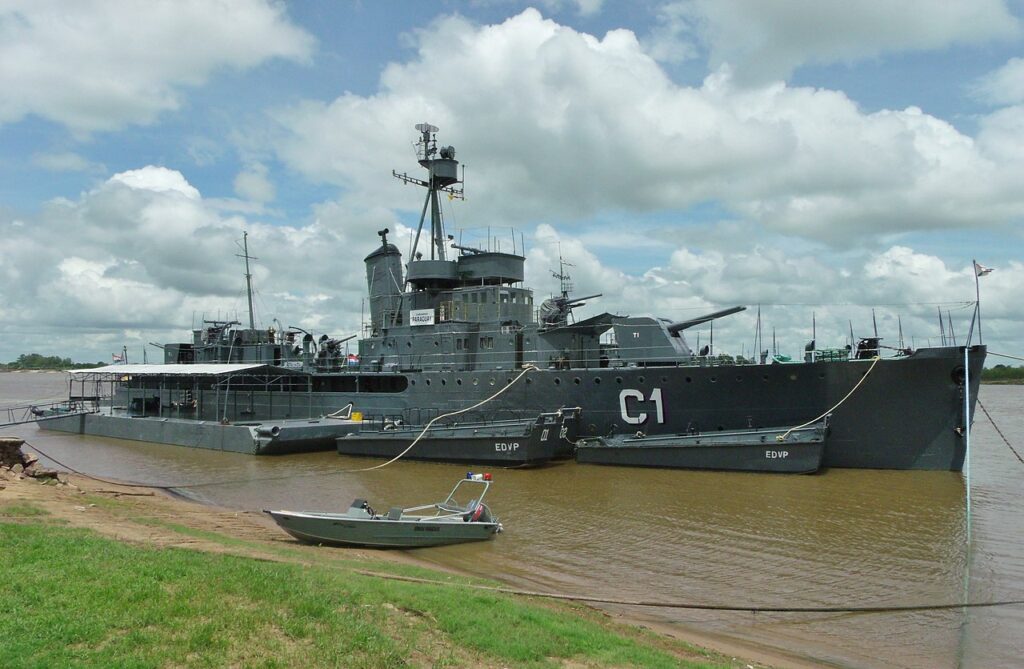
Despite their light armor, the 233-ft vessels boasted impressive armament of two 120-mm guns, three 76-mm anti-aircraft cannons, and two 40-mm pom-poms. The decisive factor for Paraguayan naval victory, though, was the troop-carrying capacity of the two ships – in the three years of the conflict, they ferried over 110,000 troops up the river to the combat zone.
After a fire in 1968, the Paraguay was decommissioned from naval service and is now only used as a training hulk. In the 1990s, the government made the fortunate decision to turn the Humaita into a museum ship, to the delight of naval enthusiasts the world over.
Switzerland
Neutrality is not granted, it must be earned and defended. The Swiss have made consistent efforts in this respect for centuries, encompassing all elements – air, land, and water. Despite being landlocked, the Alpine country has numerous lakes, several of which delineate international borders with neighboring countries. And while relations are currently more cordial than ever, this was not always so, and the Swiss are unlikely to forget.
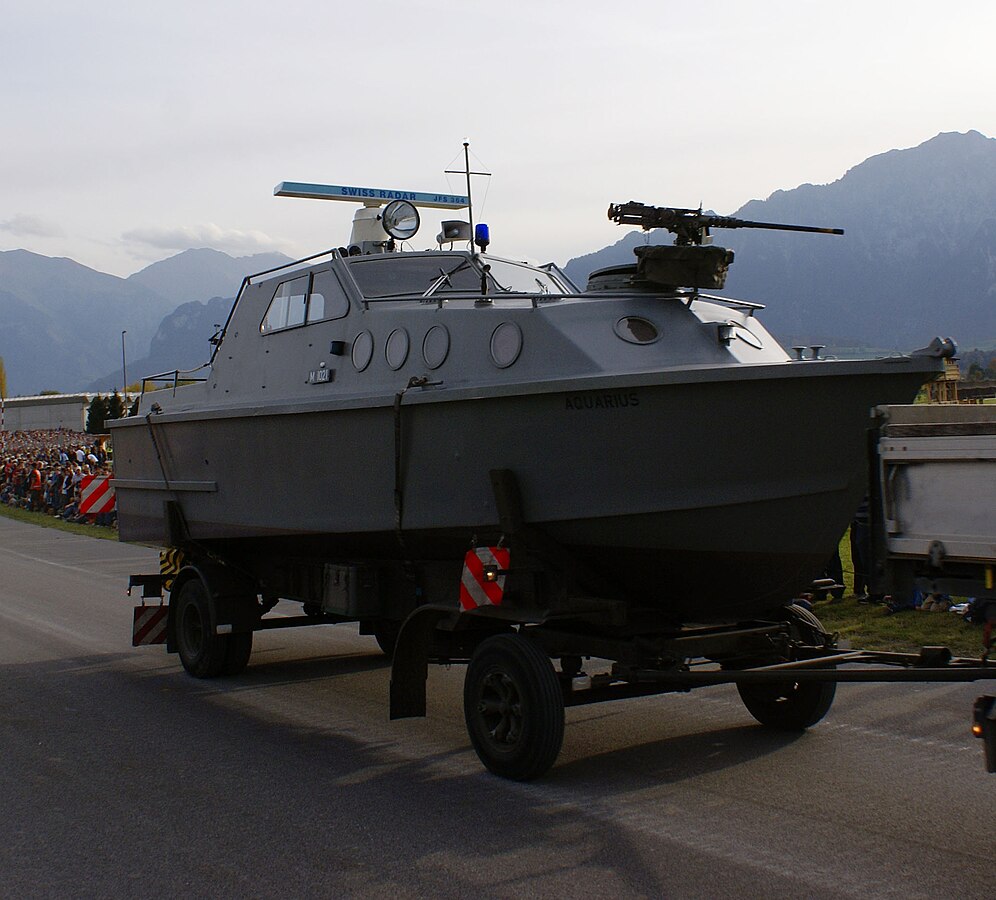
Guarding lakes Geneva, Lugano, Maggiore, and Constance are a number of armed patrol boats, belonging to the classes 80 and 16. The new Patrouillenboot 16-class will consist of 14 craft, only 4 of which have been commissioned so far. The edge of the fleet comes from the remotely operated heavy machine guns on board, more sophisticated than the vessels themselves.
Azerbaijan
Although the might of Azerbaijan’s modern navy is inherited from the USSR’s Caspian Flotilla, its historic roots are fiercely anti-Soviet. As war-torn Russia loosened its grip on the Caucasus after the October Revolution, the Ottomans made an opportunistic move on the Caspian oilfields. The British, anxious that an Ottoman success would pave the way for an invasion of India, launched an intervention in 1918, ending with a temporary occupation of Baku.
Faced with a dilemma between the looming Bolshevik threat and the advancing Turks, the numerous ethnic groups of the South Caucasus declared independence as the Transcaucasian Democratic Federative Republic. When this diverse entity quickly disintegrated into violent ethnic conflicts, the Azeris spun out as the Azerbaijan Democratic Republic. In a struggle to defend its fragile sovereignty, the new republic mobilized what was left of the Tzar’s Flotilla, but as the Bolsheviks consolidated their positions, the entire Northern Caspian was swallowed up into the Soviet mega-state.
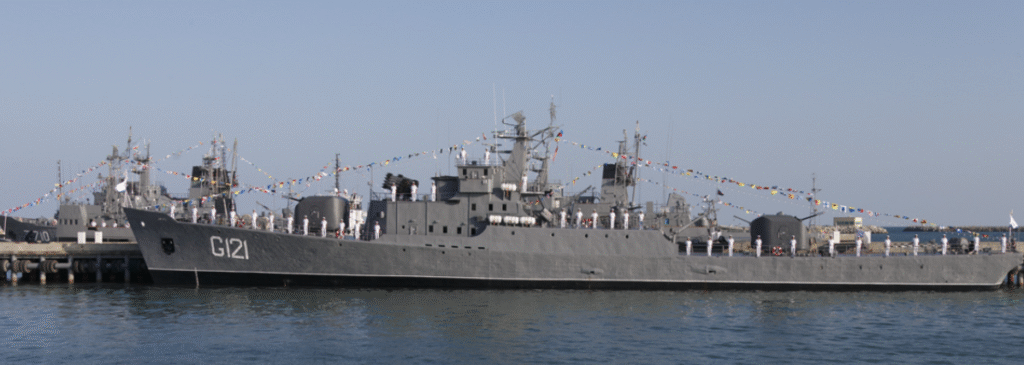
The Azerbaijan Navy now operates out of Baku (the Puta Base), with a second base in Zig. The bulk of the navy’s combat capacity comes from the Cold-War-Era frigate Qusar. A Petya-class (or Soviet Storozhevoi Korab) vessel, she was one of 54 submarine hunters built between 1961 and 1969, with emphasis on speed and advance communications technology. With a Combined-Diesel-and-Gas (CODAG) propulsion, the 950-ton frigate proved perfect for the energy-rich Caspian. The remaining vessels in the Azerbaijan Navy are a variety of Soviet, Turkish, and Western craft – patrol boats, a missile boat, and a few amphibious landing craft.
Kazakhstan
For those still in doubt, the petroleum-rich Caspian Sea is home to a number of small but mighty fleets, defending their nations’ share of the resource pie. Kazakhstan, the world’s largest landlocked country, operates a respectable fleet of homemade and imported vessels, headed by four missile boats of the Kazakhstan-class. The Kazakhstan, Mangistau, Saryarka, and Oral were all built at the Uralsk Plant Zenit between 2012 and 2017, an impressive feat on behalf of Kazakhstan, who got no inheritance from the Soviet Navy. 138 ft in length and displacing 240 tons, the Kazakhstan-class are compact and fast, their light Russian-made armament enough to contribute to the balance of power in the dormant Caspian tinderbox.
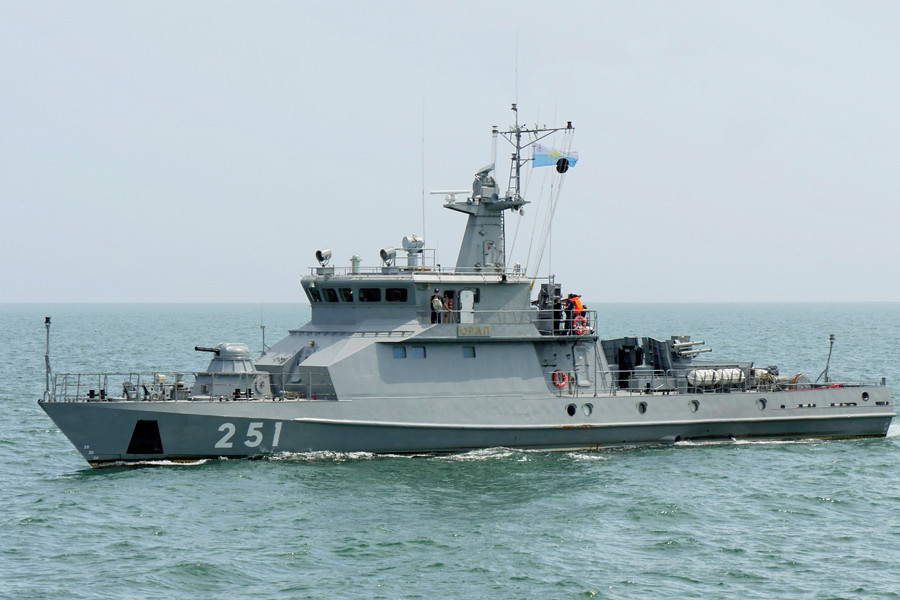
Laos
When French Indochina fell apart in the 1950s, Laos drew the short straw – a landlocked labyrinth of mountains and jungles, the country remained geographically isolated from the profitable maritime routes all around. And while the world followed the flaming inferno in Vietnam and the blood-curdling massacres in Cambodia, the diverse nation of Laos suffered in the dark. As coups and countercoups turned the country into a battleground for warlords and bandits, a bizarre little naval force helped tip the scales.
Following the French defeat in the First Indochina War, the Laotian National Army got a few modern French vessels, and since local naval officers were also trained by the French, the process was swift and efficient. Smooth sailing, however, was not in the cards for the fledgling navy, as a civil war tore through the young country for 16 awful years.
In 1960, aided by Thailand and the USA, General Nosavan gained control of the kingdom, supported by key naval units along the Mekong River, but when the civil war ended with a Communist victory, the navy underwent a complete makeover. Captured US patrol boats replaced French vessels, and the new staff underwent rigorous training and indoctrination in friendly Vietnam. In the 1980s, the Soviet Union finally chipped in with a few Russian-made patrol boats, reaffirming Laos’s status as a Cold-War proxy.
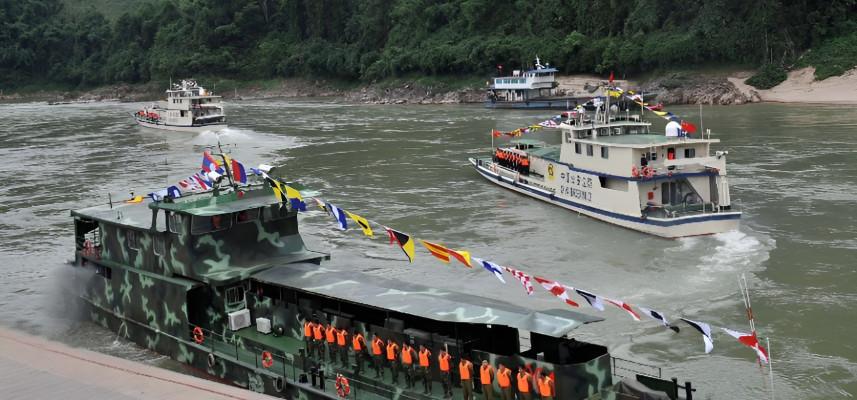
Nowadays, the Laotian fleet consists of a few dozen Vietnamese and Chinese patrol boats, but in a post-Cold-War world, where geopolitical shifts condemned the country to strategic obscurity, lack of funding restrict the effectiveness of this humble navy against the abundance of vice-industries in the border region.
Iran
When Iran introduced its new Caspian warship Deilaman in 2023, the world realized that the otherwise sleepy Caspian had quietly been simmering with geopolitical rivalry. Analysts speculated that the 1,500-ton frigate would guard the Caspian corridor between Iran and Russia, vital after the 2022 invasion of Ukraine. As Russo-Iranian military cooperation deepened in recent years, NATO-allied Turkey also made a move, supplying Azerbaijan with cutting-edge weapons against Russian allies Armenia and Iran.
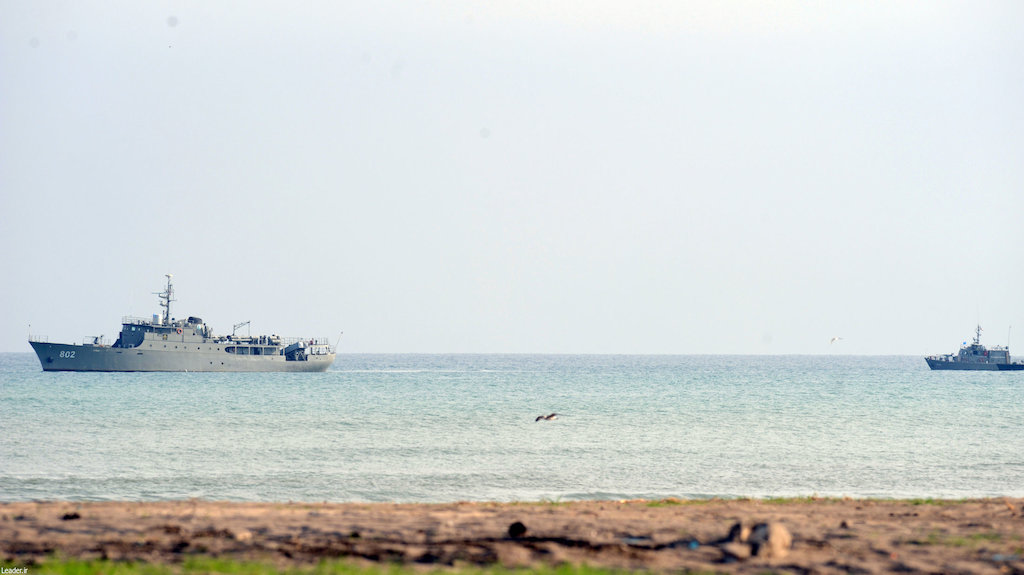
Prior to the launching of Deilaman, Iran’s Northern Fleet relied on speed and flexibility, rather than size, with several fast-attack gunboats from the 2000s. The fleet famously features the beautiful but rather quaint Hamzeh, a relic from the 1930s. Originally the luxurious royal yacht of Reza Shah, she was reconstructed for military use by Cantiere Navale del Muggiano in the 1950s.
The Shipyard

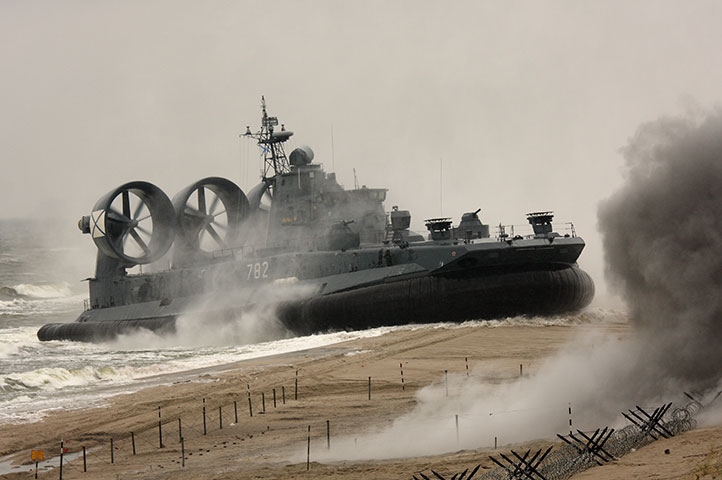
What a rip roaring tale of gunboats, Cold War relics, and Caspian catfish! Who knew landlocked navies could be so… competitive? From Paraguays surprisingly effective troop ferries to Irans 1930s royal yacht turned military muscle, its a veritable treasure trove of nautical oddities. The sheer variety of vessels – Soviet frigates, French patrol boats, and even a luxury yacht – is mind-boggling. Its like a maritime whos who of military history, but with less gunpowder and more… lake duty. Who knew guarding a body of water could be such a global adventure? A truly fascinating peek into the often overlooked world of inland sea power!